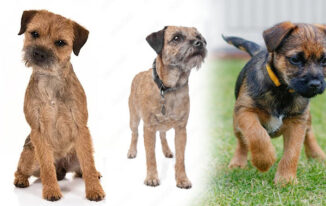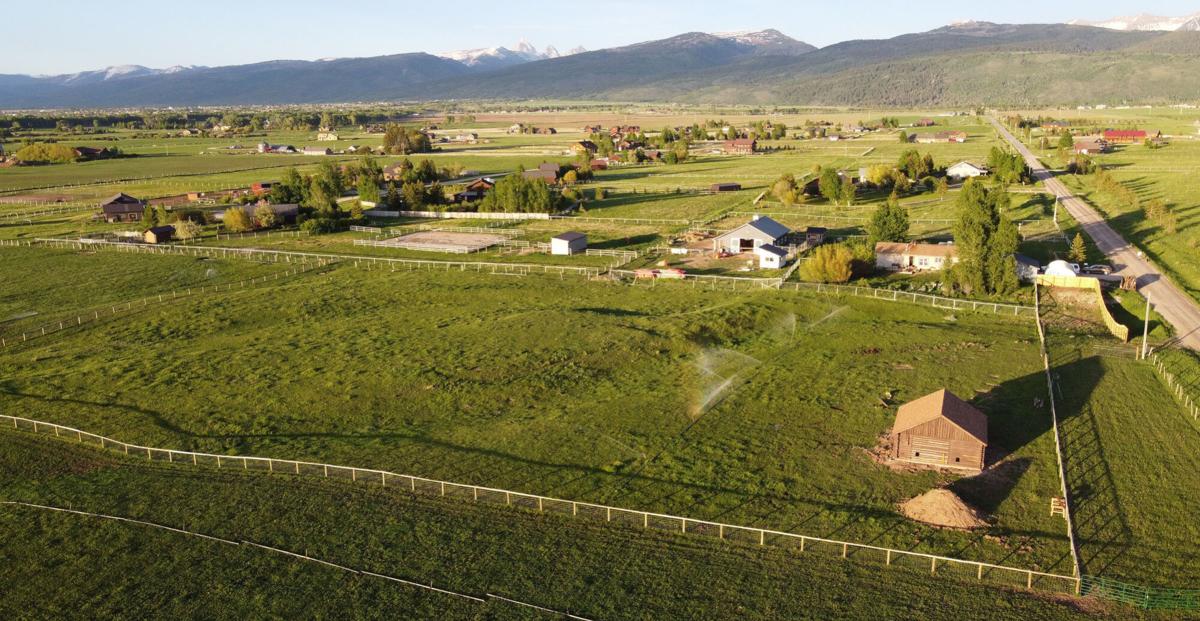Among the most beloved and revered animals in the world is the fascinating, powerful Bengal Tiger. Travel destinations in which these beautiful creatures can be seen are a true treat for nature lovers, and the thrill of sighting them in the wild is hard to beat. The Bengal Tiger’s flame-like coat is its most distinguishing feature, and the most obvious way of identifying it, but is just one factor contributing to the animal’s striking appearance. There is plenty that can be understood about these animals by learning more about their visual characteristics; here is an exploration of those characteristics, their significance, and the variations that exist across the species.
Characteristics
Just what makes this one stand out amongst the rest of the five existing subspecies of Tiger? Travel through India’s reserves and you will be able to see for yourself, but for an overview, read on. This subspecies is the most populous, accounting for half of the total number of Tigers in the wild. One key characteristic that can be used to identify it is its bright colouring, which combined with its stature – the average male, including his tail, is around 9 feet long – makes an individual of the species an impressive sight to behold. The stark stripes against the fiery yellow or orange provide effective camouflage in the jungle, while also capturing the attention and imagination of those human observers lucky enough to see one. They also have canine teeth longer than other subspecies (or, indeed, any feline species – including Lions).
Variations in Characteristics
Those who, in the hopes of sighting more than one Tiger, travel through a number of reserves in various locations, may notice significant differences in the animals they see. The colour of a Bengal Tiger’s coat, for example, shows considerable variation between individuals, ranging from reddish orange to light yellow, while the stripes range from black to brown; the pattern of an individual animal’s stripes are as unique as a human thumbprint. Two common variations on the usual orange coat are known as the Golden Tabby – which has a yellowish coat with orange-brown stripes – and the White Bengal – which is white with brown or black stripes. There is also plenty of variation in size, with White Bengals often tending to be bigger than their coloured counterparts, and groups in certain areas being smaller or larger than the average Tiger. Travel in different regions and you may notice the results of populations adapting to their particular environment over time.
All in all, there are plenty of subtle, interesting differences between individuals of these fascinating creatures throughout India and beyond – but no matter where you go, they are an enchanting sight to see.























